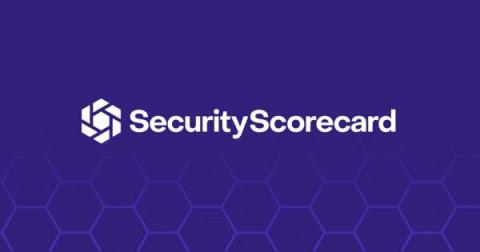SecurityScorecard 2024 Global Third-Party Cybersecurity Breach Report: Software supply chain is top target for ransomware groups
The SecurityScorecard Global Third-Party Breach Report uses the world’s largest proprietary risk and threat dataset to provide unique insights into the intricate web of supply chain vulnerabilities exploited by ransomware groups. As the digital landscape continues to evolve, so too do the tactics of cyber adversaries. Ransomware groups, in particular, have honed in on a prime target: the software supply chain.


